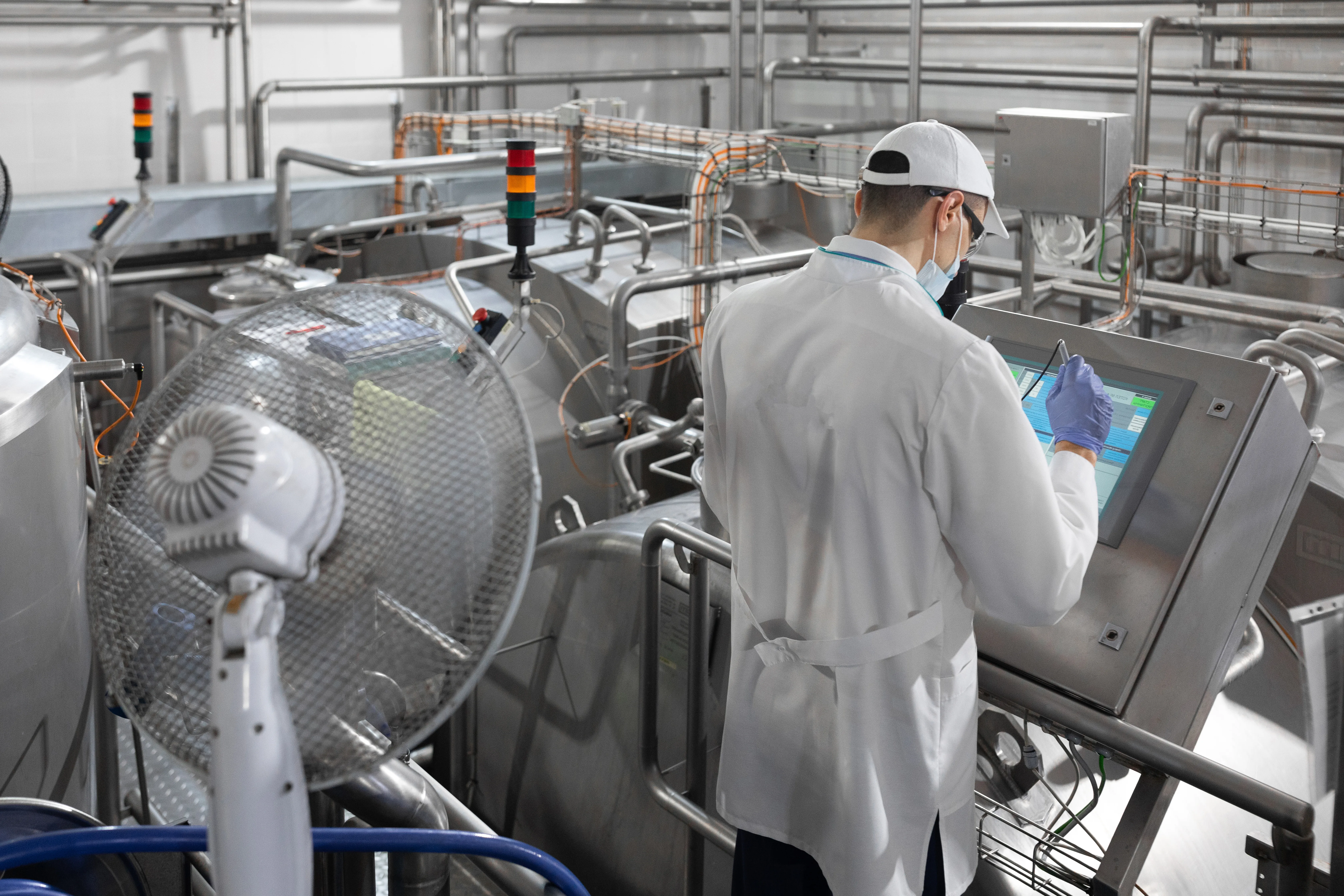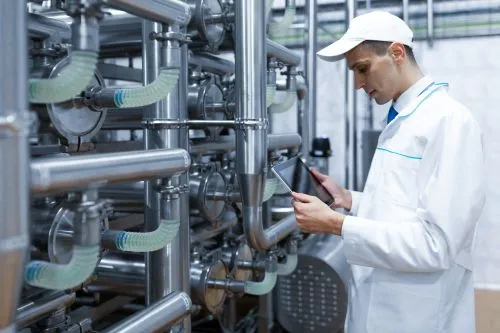
Ultrasonics have been efficiently used in various areas of food technology. However, further research is recommended to optimize process conditions by expanding ultrasound equipment and improving the potential of existing processes for efficient use in food product analysis and modification, as well as for industrial applications. Few other technologies combined with ultrasound have shown such potential for efficiently controlling food microorganisms. Therefore, it reviews the contribution to advancements in food safety, processing, and preservation due to these potential benefits of ultrasound and its use in the meat technology food industry, with a significant impact on long-term applications. These are the most important findings of the study titled "Applications of Ultrasound in Meat Processing Technology" by Evans Frimpong, from the College of Food Science and Technology, Nanjing Agricultural University, China.
Superior Properties
For the processing and preservation of meat and food in general, ultrasound technology is appreciated for its superior properties. High hydrostatic pressure, pulsed electric fields, ultrasound, ozone, pulsating light, and ultraviolet light are various potential alternative techniques that have been newly researched in the past decade.
However, high-intensity ultrasound has garnered substantial excitement for its use in food preservation. Quality control, meat extraction, meat processing, crystallization, performance modification, separation, and deactivation of microbes are applicable fields in food and bioprocessing that have employed ultrasound in recent years, as well as adopting ultrasound in food emulsion guidance.
Simultaneously, ultrasound adaptation has proven to be an efficient strategy that has intensified the flow in ultrafiltration or microfiltration techniques and improved the cleaning of fouled membranes, as membrane technology know-how is used in liquid sewage flow treatment and water purification, being a proven technology in food production.
Furthermore, quality standards, including tenderness, protein extraction, meat product restructuring, salt reduction in restructured products, and maximizing cooking yield to establish carcass quality in meat processing, currently utilize ultrasound technology as a fast, relatively inexpensive, light, and tried-and-tested alternative processing means.
Despite these benefits achieved through ultrasound in addressing food safety challenges in the food industry, such as high quality and extended shelf life, among others, the types of ultrasound technology and the application of ultrasound in meat processing and preservation remain a key concern regarding the improvement of meat characteristics. Therefore, a review of ultrasound concepts and significant effects on meat technology has been performed.
A Form of Energy
Ultrasound, as a form of energy, utilizes pressure waves (longitudinal mechanical wave) with one-dimensional propagation and a vibration frequency of 20 kHz or more, beyond the human audible sound limit.
The speed of ultrasound depends on the acoustic properties of the medium, resulting in a greater propagation of sound in solids than in liquids, as well as greater in liquids than in gases. A traveling sound generates compression and rarefaction waves in materials through a cavity or bubble formation in the medium.
High temperatures and pressures are released as a result of ultrasound cavitation, subsequent cycle instability, and collapse into a sonicated system.
Ideally, ultrasound, as a form of non-ionizing, non-intrusive, and non-contaminating mechanical energy, within an organic material exciting these natural materials and tissues on a micro and macro scale, affects food quality and safety promotion, as well as food processing enhancement due to the unstable sound transmission mechanism through a sonicated medium.
At low intensity (amplitude), the pressure wave initiates movement that composes within the fluid (acoustic streaming), while local pressure, at the dilatation phase of the cycle, drops below the vapor pressure of the liquid, generated by small effervescence produced from gas nuclei present in the fluid, to increase intensities. Cavitation strives to be the vital effect of high-power ultrasound because the compression and deflection of medium particles and the globe occur over the results.
The Primary Mechanism
Microstreaming is also the primary degassing mechanism with ultrasound, called bubble transport and development at nodes and anti-nodes. Based on the amount of energy released through cavitation, the phenomenon relies on bubble generation kinetics and diminishes, where, intentionally, it seems crucial for food processing because heat is generated based on ultrasound and related cavitation (gravitational collapse of gas bubbles), induced by rapid temperature change to 5500°C and increased pressure to 50 MPa.
Based on the analysis and quality control, the food processing industry applies ultrasound to operations based on frequency range. Low-intensity ultrasound is the same as low-power from low energy, as it uses frequencies above 100 kHz at high frequency and, respectively, low frequency. Both categories of ultrasound have led to efficient applications in various fields, particularly in food processing and safety-related sectors.
Measurement Parameters
As the food industries desire advanced technologies and analytical techniques for monitoring sophisticated food materials and for monitoring the composition and properties of food during processing, the application of low-intensity ultrasound has been used in food material evaluation for about 60 years.
This was a non-destructive way to provide information about physicochemical properties (flow, composition, structure, and physical state), i.e., small ultrasound waves did not produce physical or chemical alterations through the material qualities of wave passage.
On the other hand, high-intensity ultrasound alters the chemical and physical properties (enzyme inhibition, cell disruption, chemical reactions, crystallization modification, meat tenderization, emulsion generation) of food. The physical state, structure, and composition properties of food are of interest to scientists in the food field.
Therefore, speed, attenuation coefficient, and acoustic impedance are the measurement parameters used by low-intensity ultrasound applications. Based on multiple scientific studies on ultrasound from recent years, the full potential of ultrasound has been realized in numerous field applications.
Of course, some animals, such as dolphins and bats, apply ultrasound in navigation and, respectively, hunting based on the mechanism of sound wave scattering back, so certain marine animals neutralize prey before capture using high-intensity ultrasound pulses.
In food processing, ultrasound has supported genetic improvement programs for animals, as well as raw and fermented meat products, fish and poultry composition evaluation (low-intensity ultrasound), while high-intensity ultrasound has been shown to extract immobilized enzymes by increasing enzyme substrate proportion.
Antimicrobial Action
The impact of ultrasound during brining is influenced by ultrasound intensity or frequency, as well as the effective NaCl diffusivity, with increased moisture being achieved upon their application.
Furthermore, ultrasound effectively reduced brining time in meat tenderness, flavor, and shelf-life analysis, as marination is highly valued in meat processing. Therefore, ultrasound intensity and frequency have been revealed to be the key parameters to consider in achieving effective marination in meat processing.
Moreover, ultrasound serves as an antimicrobial tool in meat technology and has provided significant potential to meat industries in improving product quality. However, questions still arise for research due to inconsistencies in reported outcomes of ultrasound application in the meat sector. Water holding capacity (WHC) of ultrasound-treated meat also shows variable results in meat processing and preservation.
The dominance of traditional techniques in food processing and the unfortunate discernment of the new ultrasound processing discipline by food industry professionals contribute to the reluctant use of ultrasound technology among many companies.
Measuring the ultrasound energy transferred to the medium influences intensity during testing treatments. Additionally, the exact ultrasound frequency and optimum treatment time are necessary for controlled and optimal ultrasound application.
A Non-Toxic Wave
In general, sound wave is considered non-toxic, environmentally friendly, and safe compared to other food processing methods. Currently, numerous research publications indicate the merits of ultrasound, either exclusively or in combination, in producing safe food for consumers.
However, there are some discrepancies in previous reports that give rise to the need for further research regarding ultrasound due to variations in treatment effects across different food technology sectors.
Therefore, continuous research is recommended for the best and appropriate operating conditions among ultrasound. In the meat sector, features such as oxidative stability, meat color, and sensory characteristics are of great importance during meat ultrasonication, making high-intensity ultrasound technology considered among meat technology enhancers.
Using sound energy (converting sound energy into heat) can accelerate meat thawing but does not produce significant differences in microbiological and chemical properties compared to water-immersed thawing. Meat quality is improved through ultrasound application to reduce meat brining time.
In practice, when sound wave dynamics (greater than the sound detected by human ears) are applied in the physics of ultrasonication (mechanical waves: compression and rarefaction) under controlled conditions (ultrasound cavitation), to generate high temperature and pressure through cavitation bubbles, high-quality foods are obtained based on the desired frequency range used.
Therefore, both low-intensity and high-intensity ultrasound, popularly used in food technology, can be seen as a versatile, environmentally friendly technology in meat technology in the food industry.





